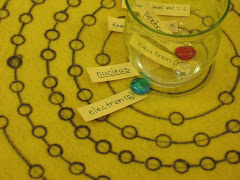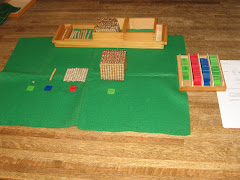I wanted to share with my fellow Montessori teachers, as well as potential Montessori-at-home parents, where I get my books, and other interesting things for teaching, etc.
My absolute favorite and most-frequented bookstore is Goodwill. That’s right,Goodwill is a second-hand store with amazing books. Most of my reference books on the science, and also history books for students have come from Goodwill. I have found many children’s science books at Goodwill, as well – not to mention other children’s literature, such as Newberry winners. I also get National Geographic magazines for just 50 cents there and use the pictures for materials. Supporting images of bridges, or land and water forms, or various animals and plants, for example, can be found in National Geographic. And let’s not forget adult paperbacks for just 79 cents.
My second-favorite bookstore would have to be Half Price Books. I love their clearance section – I found a beautiful book on weather, quite detailed with great pictures for just $2. And while their National Geographics are slightly more expensive (by maybe $1), I have found 1930s and 1920s issues – issues I almost never see in Goodwill. These older issues give a special window into our recent world history, with beautiful illustrations and black and white photos of lands and peoples.
Another place I go for books is Amazon.com – and only used books! Although shipping ends up being about $4, books are usually less than half their original price, so it is still a bargain.
Another really cheap source of books is book sales at the local library. Unfortunately I just missed it this year, but am eagerly awaiting the next book sale of the Seattle Public Libraries.
As for items that can hold and display materials on the shelf, Daiso is a great source for baskets, boxes, trays, and other containers for materials. While Daiso is very cheap (I’ve heard it referred to as the “Japanese dollar store”), the quality is pretty decent. Goodwill is also a great source for baskets, trays, etc. for your classroom. Garage sales are really hit and miss.
Then, of course, the crafts stores are always a great help when making materials for lessons, presentations, and materials: Joann Fabric, Pacific Fabrics, and Michael’s. But be aware: never pay full price – at least not at Joaan’s and Michael’s, as they have weekly coupons and frequent sales.
It is also important to make use of educators’ discounts that are often available at bookstores and crafts stores. I will save that for another post, however.






































